RANGOLI, LOSING ITS IMPACT ?
It
may not be inappropriate for a novice like me to attempt a piece on the
mesmerizing and tantalizing world of Hindi film songs on the eve of the 81st birth
anniversary of Asha Bhonsle. May the Almighty be pleased to give many more
fruitful years to this living, lively and versatile legend hailing from the
culturally rich State of Maharastra. Taking a cue from her long and illustrious
career of over six decades, may I try to reiterate the dictum-‘Old is Gold’?
Something
old is supposedly made, crafted or developed with care and caution. Same is, therefore,
expected to survive or last long. In tune with this spirit, one is tempted to
talk about if not comment on ‘Rangoli’, a programme started by Doordarshan more
than thirty years ago to rekindle, revive and sustain interest in the songs
picturised in Hindi films in the bygone era. Songs that dealt in equal measure
with emotions, mystery and mythology on the one hand and fun, fantasy and
reality on the other. A few would religiously promote tenets of patriotism also
in the struggling young Nation.
At
the very outset, this hour long presentation telecast once a week would have
cream of unforgettable songs from old films, mostly of black & white phase.
Songs would not only be carefully chosen in tune with a particular theme,
occasion or festival but those would be also anchored well. Sometimes, by well
established starlets, having a fantastic screen presence. Audience/viewers, as
a result, would get a sense of natural involvement. With the passage of time,
black & white songs were supplemented with the melodious beauties of what
was once termed the Eastman colour era. Gradually, songs from the coloured
films began having an edge, if not domination altogether. Yet the aura and
charm of ancient era was not ignored or forgotten.
In
the very recent past, however, not only there has been drastic deterioration in
application of mind for selection of songs but rapid commercialization seems to
have become order of the day. Unnecessary chit-chat in between too cuts into
the prime time. Number of songs, therefore, has been the first casualty-
reduction from fifteen to twelve to nine now, in the one hour keenly awaited
programme.
A
close look at some of the recent editions would reveal that barely nine songs are
featured in one capsule, some songs are sub-standard and some are included
totally out of context, still others are
abruptly cut for no rhyme and reason. Only silver lining perhaps, has been
retention of two songs from the golden black & white era.
But for this, memorable songs, such as, Jab Dil Hi Toot Gaya, Hum Jeekay Kya Karenge (K.L. Sahgal, Shahjahan, 1946), Jiya Bekarar Hai (Lata, Barsaat,1949), Aawara Hoon (Mukesh, Aawara,1951),’Shame Gum Ki Kasam’, sung by ‘serious’ Talat Mahmud in 1953(Film Footpath, Hero Dilip Kumar),Aao Bachon Tumhe Dikhayen Jhanki Hindusthan ki (Kavi Pradip, Jagriti, 1954),Mera Joota Hai Japani’, rendered by ‘simple’ Mukesh in 1955(Film-Sree 420,Hero Raj Kapoor) or for that matter,’Naa Jao Saiyan Chhura Ke Bainyan’ ,sung so beautifully by the talented actress singer Geeta Dutt in 1962 (Saheb Bibi aur Ghulam), Laaga Chunri Me Daag (Manna Dey, Dil Hi To Hai, 1963) and several other jewels would never be heard again by those born between the forties and the sixties of the last century. Those born later, as such, may not have much interest or inclination in this regard.
But for this, memorable songs, such as, Jab Dil Hi Toot Gaya, Hum Jeekay Kya Karenge (K.L. Sahgal, Shahjahan, 1946), Jiya Bekarar Hai (Lata, Barsaat,1949), Aawara Hoon (Mukesh, Aawara,1951),’Shame Gum Ki Kasam’, sung by ‘serious’ Talat Mahmud in 1953(Film Footpath, Hero Dilip Kumar),Aao Bachon Tumhe Dikhayen Jhanki Hindusthan ki (Kavi Pradip, Jagriti, 1954),Mera Joota Hai Japani’, rendered by ‘simple’ Mukesh in 1955(Film-Sree 420,Hero Raj Kapoor) or for that matter,’Naa Jao Saiyan Chhura Ke Bainyan’ ,sung so beautifully by the talented actress singer Geeta Dutt in 1962 (Saheb Bibi aur Ghulam), Laaga Chunri Me Daag (Manna Dey, Dil Hi To Hai, 1963) and several other jewels would never be heard again by those born between the forties and the sixties of the last century. Those born later, as such, may not have much interest or inclination in this regard.
Apart
from enabling one to get face to face with the ancient glory and letting one
rejoice and heal up in the process, programmes, such as, Rangoli help in
preserving and sustaining our cultural ethos. It is nothing but a yeomen
service. This is one conglomeration, one waits patiently to watch AND that too,
with the whole family. Old songs aim to portray a message, story or an event
through less made up eyes and effective facial expressions by the actors clad
sufficiently and decently as opposed to the new numbers mostly specializing in
vulgarity and gymnastics, aided and abetted by unusual language, at times.
In
the backdrop of scenario presented, there is not only a need to review the
present style of presentation of Rangoli but introduction of more than one
programme of this genre twice or thrice a week would be in fitness of things.
Unwanted details concerning an actor, singer or composer need to be avoided. As plethora of advertisements have the
potential to kill the spirit and mood, restricting them too would be also very
much desirable. Don’t they divert attention and focus in addition to looking
out of context?
Simplicity,
serenity, beauty and good values deserve to be projected, not the loud and
unrealistic fantasies based on other worldly notions and life styles, alien to
our culture and civilization.


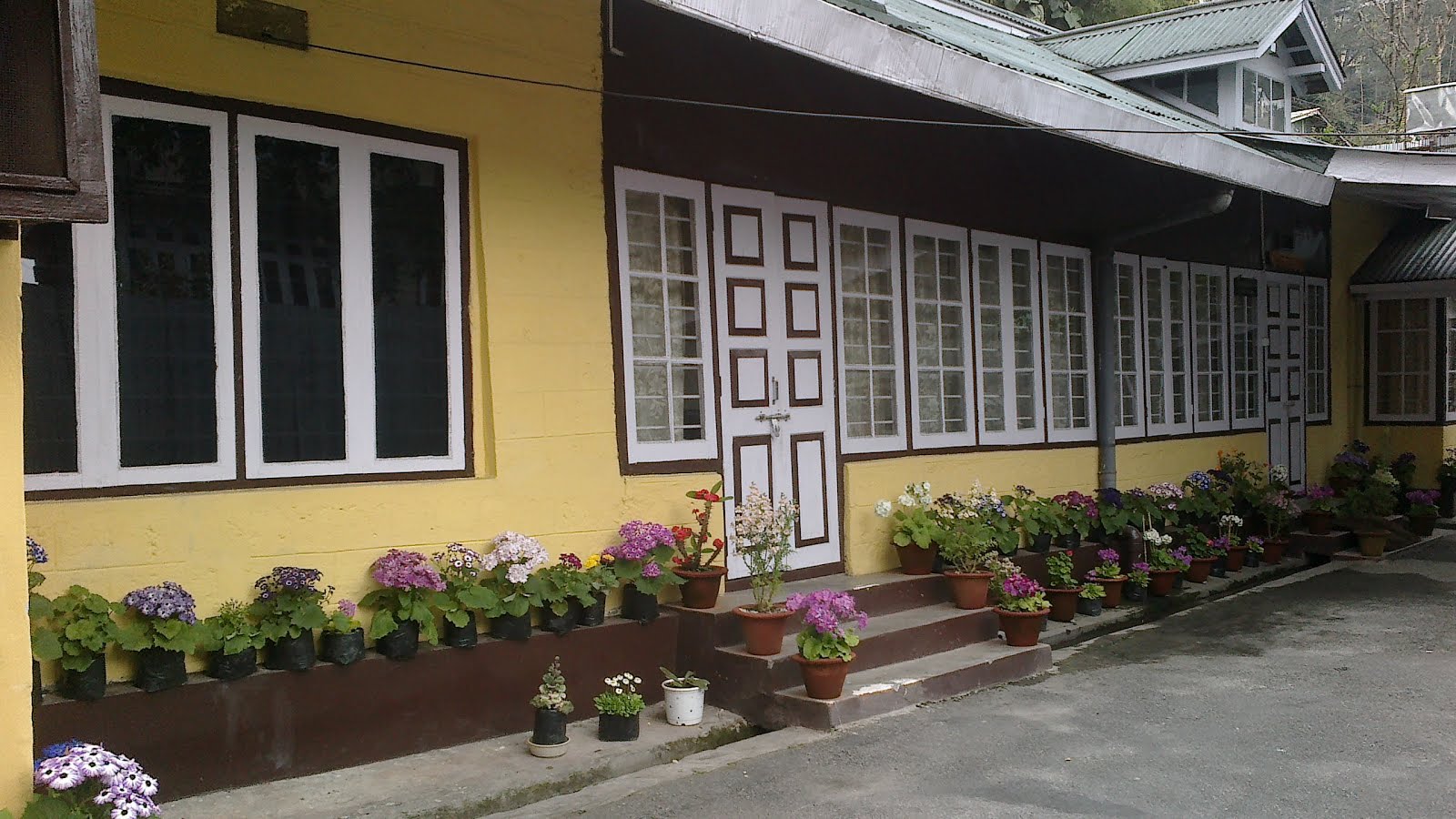







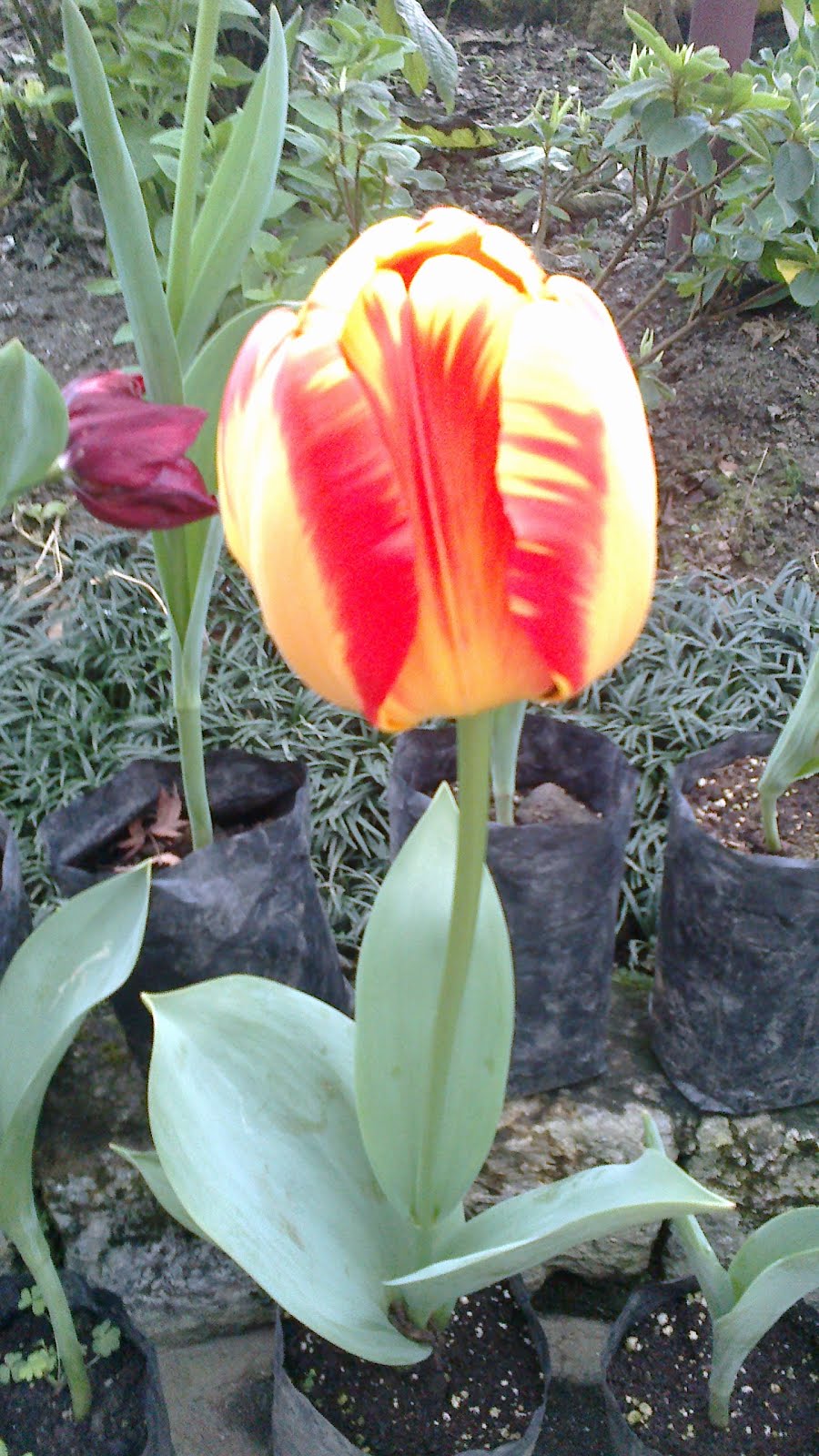
















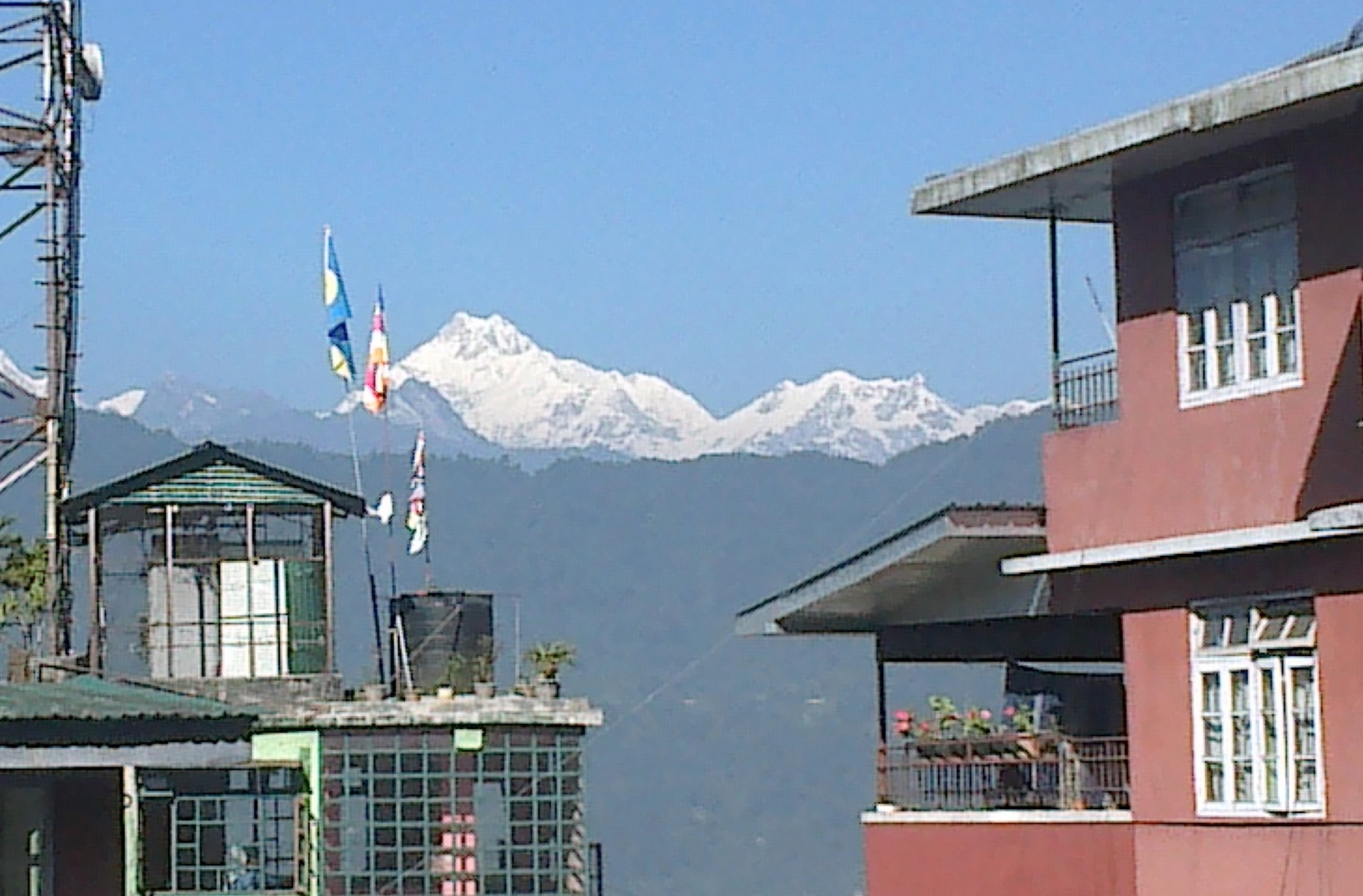



























































































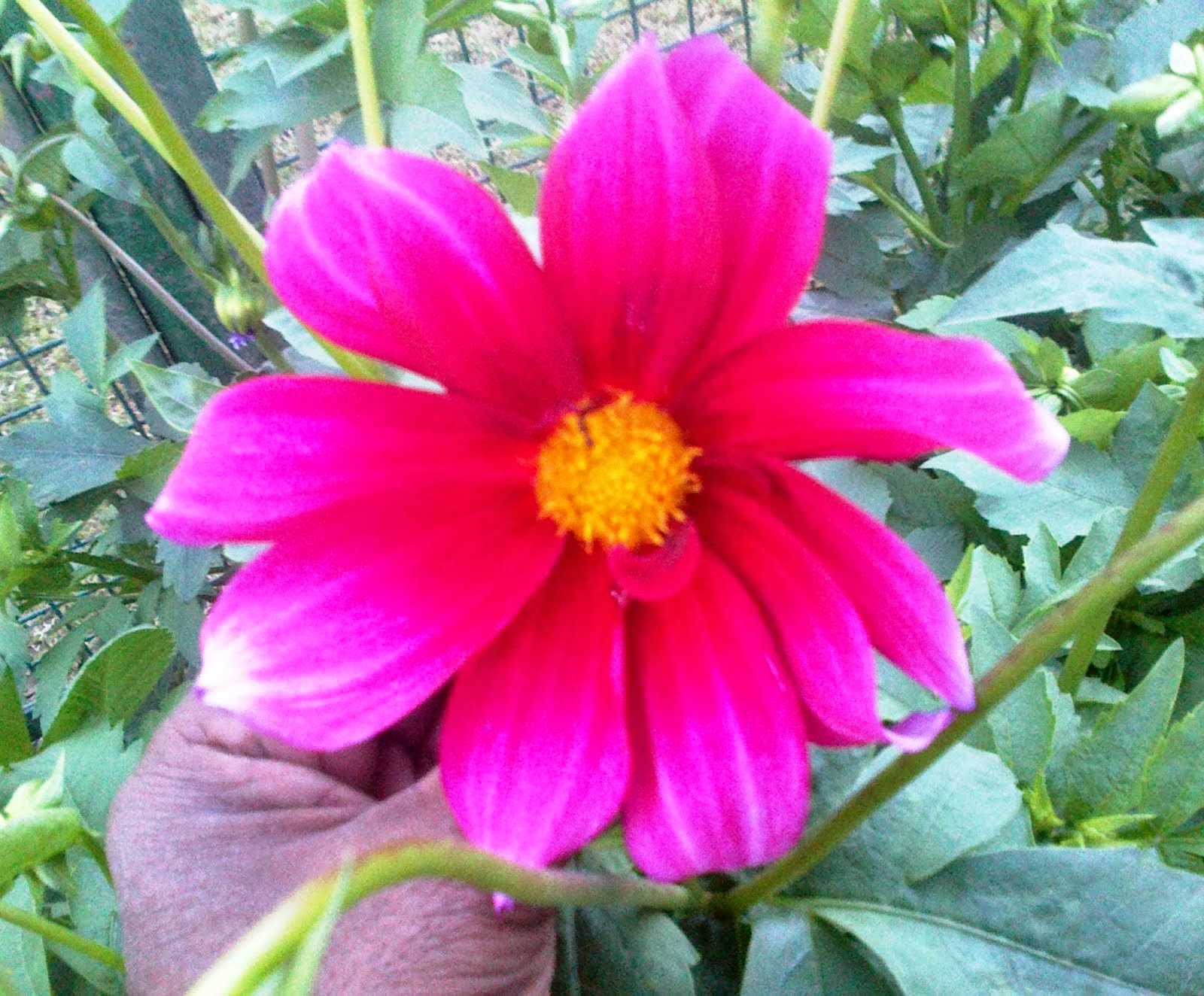





















































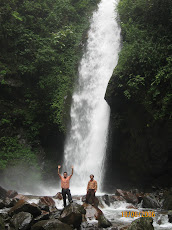

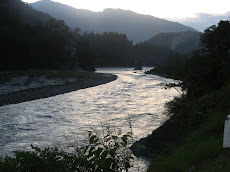

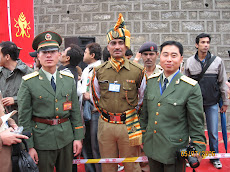
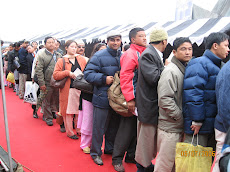
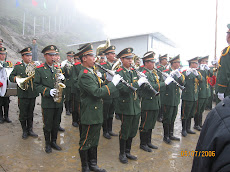


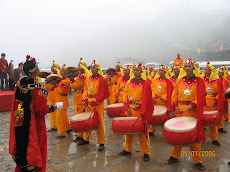
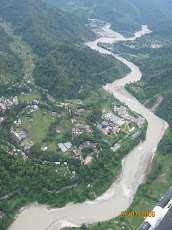




















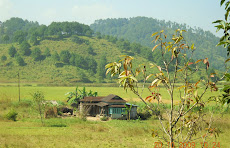
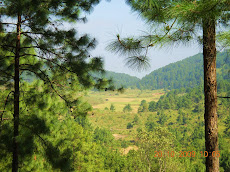








.jpg)







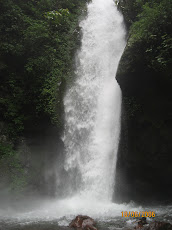



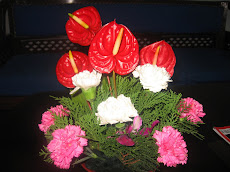





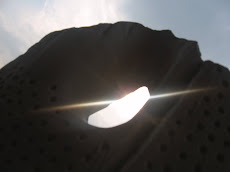
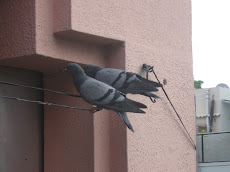
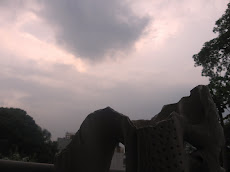
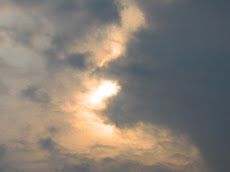
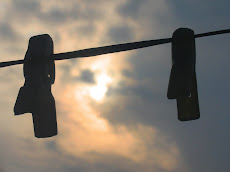
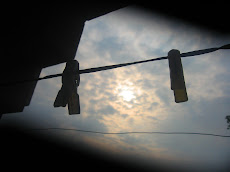



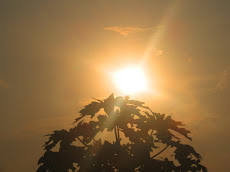




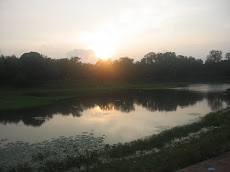

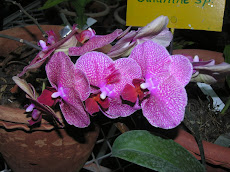

























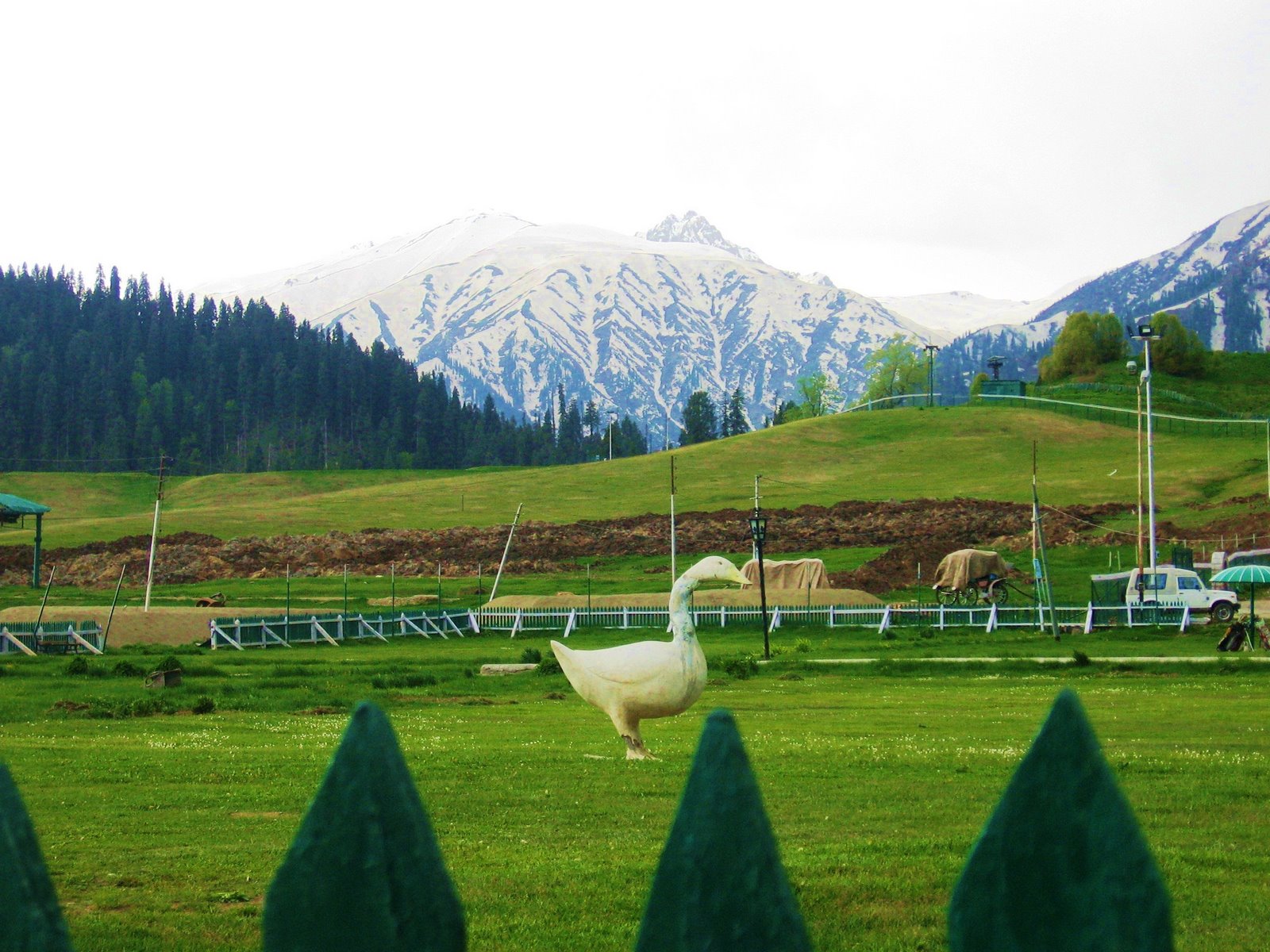
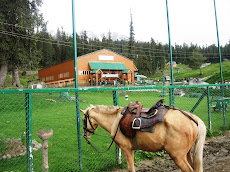
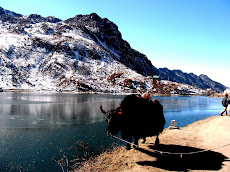








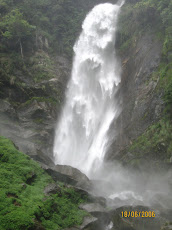



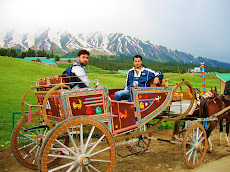












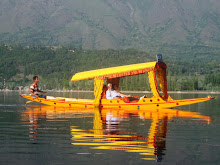
No comments:
Post a Comment